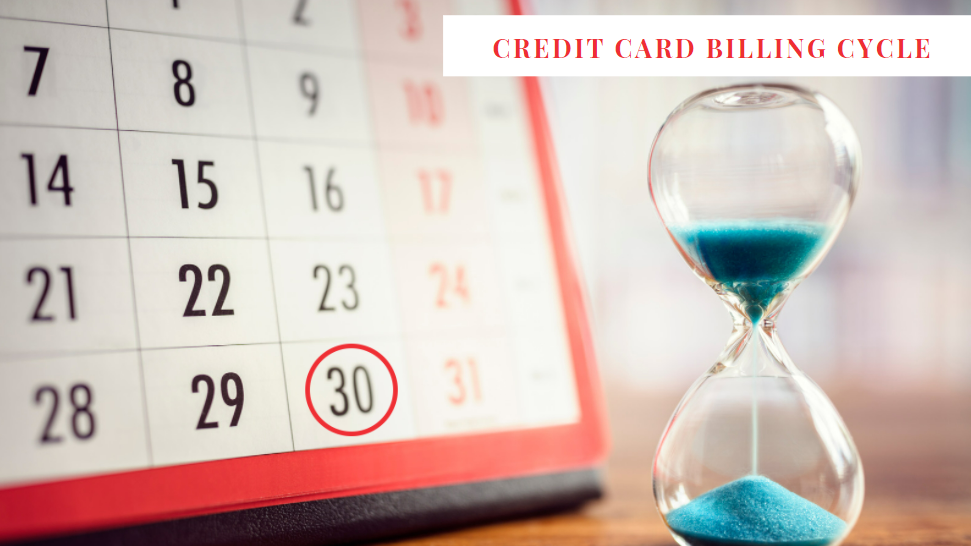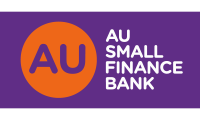A credit card billing cycle, also known as the statement cycle, is the time frame between the last and the next statement closing state. It can also be defined as the period between two credit card bills raised. Generally in India, the billing date is fixed to a particular date of the month and is decided by the bank. Your first billing cycle begins the day when your credit card is activated and can be shorter than 1 month.
Let’s say your card is activated on the 20th of August. Your first bill may be generated on the 14th of September, then your credit card billing cycle is 25 days long. Now your next billing cycle will start on the 15th of September & will end on October 14th. To understand a credit card billing cycle completely, you need to understand a lot of things and terms that you will find in this article.

Important Terms
Credit Card Billing Date
The Credit Card billing date is the date when your credit card statement or bill is generated each month. It can also be defined as the last date of your billing cycle. Like in the above example, your first billing cycle ends on the 14th of September. So here, September 14 will be your credit card billing date.
Finance Charges
The finance charge is the interest that is charged on your card when you carry an outstanding balance from the previous billing cycle. If you don’t carry any outstanding balance, you will not be charged any interest rate until the grace period (an interest-free period of 21-25 days after the billing date) ends. You have an opportunity to avoid paying any interest on your credit card by paying the full balance within the grace period.
Also Read: All About A Credit Card Grace Period
Minimum Amount Due
The Minimum Amount Due (MAD) is the minimum amount of money (generally 5% of the outstanding balance) you need to pay every month against the outstanding balance on your credit card. If you fail to do so, you are charged a late payment fee. For example, if you have an outstanding balance of Rs. 15,000, the MAD on your card will most probably be Rs. 750 (5% of 15,000). And if you have an outstanding balance of Rs. 3,000, the MAD on your card can be Rs. 150 or a minimum fixed amount between Rs. 200-300 as per your bank. It is always advisable to pay at least the minimum amount in order to avoid extra charges on your credit card.
Payment Due Date
The payment due date of a credit card is the date by which you need to pay at least the minimum amount due on your credit card. It generally occurs after around 25 days of your credit card billing cycle end date. If you pay the full outstanding balance before or on the payment due date, you can avoid paying any interest on your card.
Understanding A Credit Card Billing Cycle
When a new credit card is issued to you, you will receive a document along with the card mentioning various details including the billing date. This was for the first month and for all coming months, you can find your credit card billing cycle (starting & ending date) on the very first page of your monthly statement. Sometimes the length of your card’s billing cycle is also mentioned on the statement and sometimes it is not. However, that is not a major issue as you can easily find the number of days in your credit card billing cycle by doing a bit of a simple calculation.
The day your card is set up is the day when your card’s first billing cycle begins. The balance on your credit is generally zero at this time or any payable fees or charges can be included if applicable. All the payments or transactions you make are added to your card along with the applicable fees & charges. At the same time, if any payment is reversed/canceled or if any fee is waived off, it gets subtracted from your card’s balance and the final bill is generated at the end of the billing cycle. Any activity or transaction made on your card after the end date of your billing cycle will appear on the next month’s statement.
Optimization Of A Credit Card Billing Cycle
To make the best use of your credit card billing cycle, you should try to make most of your payments in the starting days of your credit card billing cycle. By doing so, you can enjoy an Interest-free period of over 50 days (billing cycle + grace period), and you also get enough time to pay your outstanding balance before the payment due date.
Credit Card Billing Cycle & Credit Score
At the end of every billing cycle, your card issuer will send your details which includes your credit limit, payment history, monthly payment to the Credit bureaus that decide your credit score on the basis of your credit report. Your account standing on the last date of your billing cycle is one of the most significant factors affecting your credit score.
Any missed payments, late payments, or only the minimum due amount paid can affect your credit score in a very negative manner. If you want zero balance to be reflected on your credit report, you need to make sure to pay the full amount due on or before the billing cycle ending date.
Is It Possible To Change The Payment Due Date?
Yes, most of the card issuers nowadays provide their customers with an opportunity to change the payment due date on their credit cards. You can contact the respective card issuer/bank to ask for the same. If the option would be available, you can get your payment due date changed.
Bottom Line
After reading the article, you might have understood all about a credit card billing cycle and how it works. Along with knowing all these terms & definitions, it is equally important to apply your understanding to keep your credit score high. You need to make sure to check your statement every month at the end of your credit card billing cycle and try to pay the full amount due.









